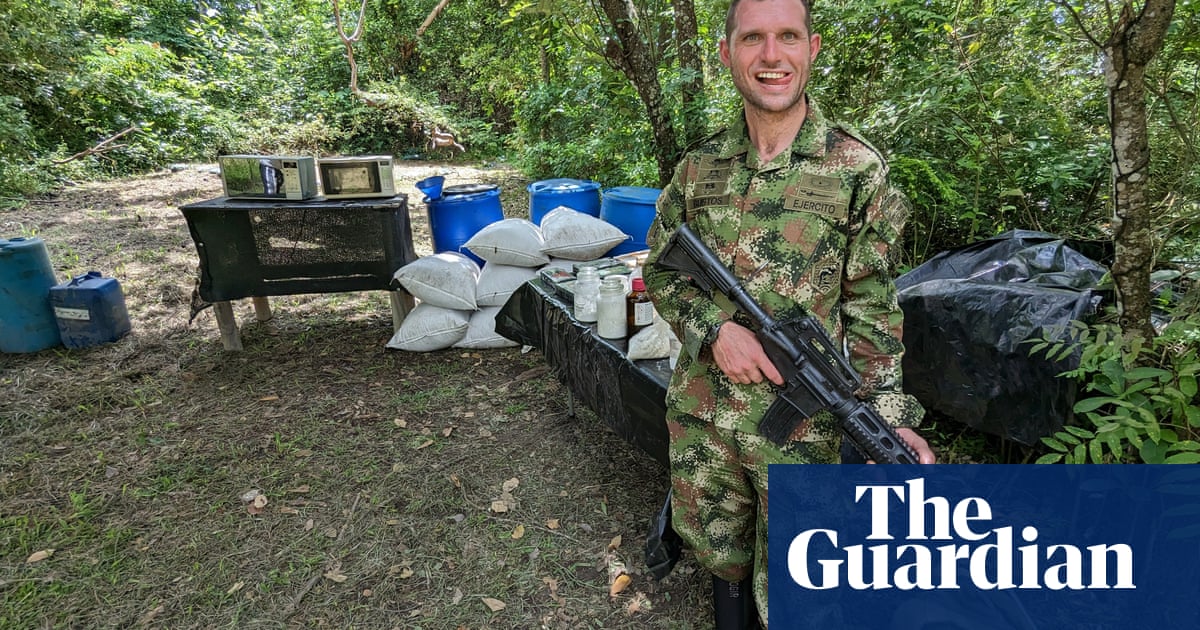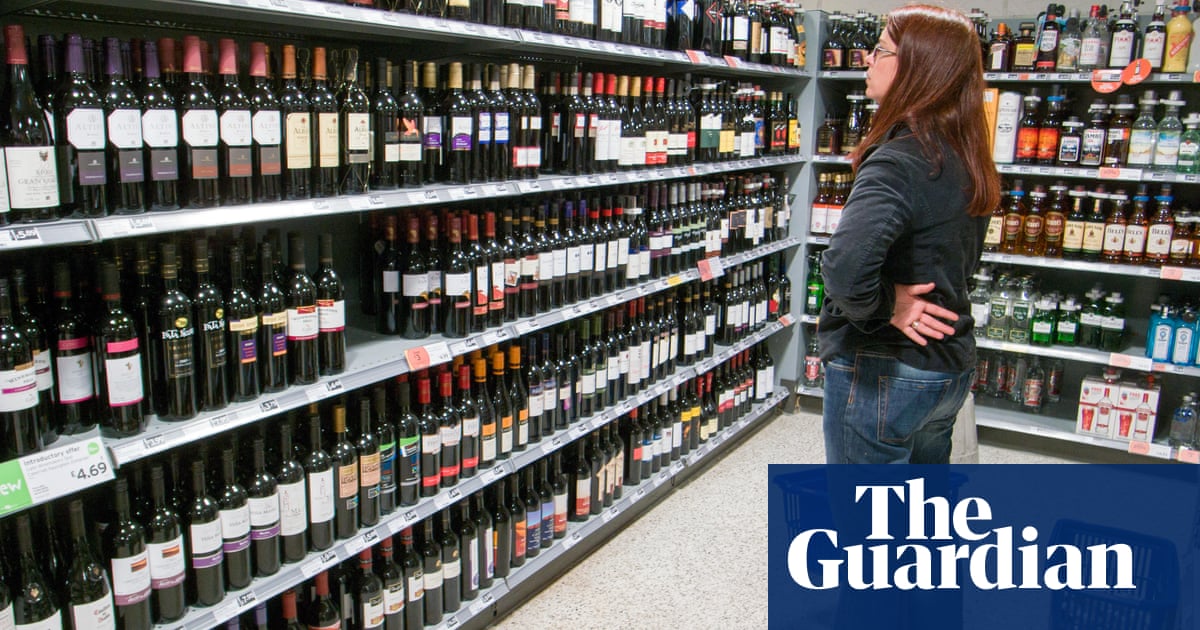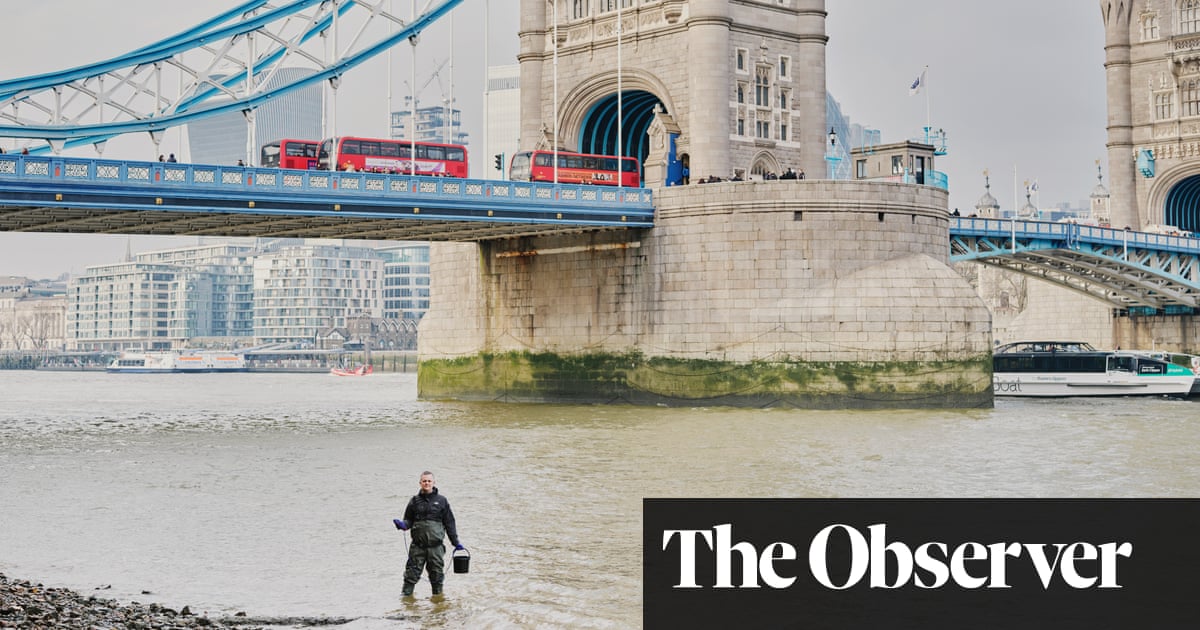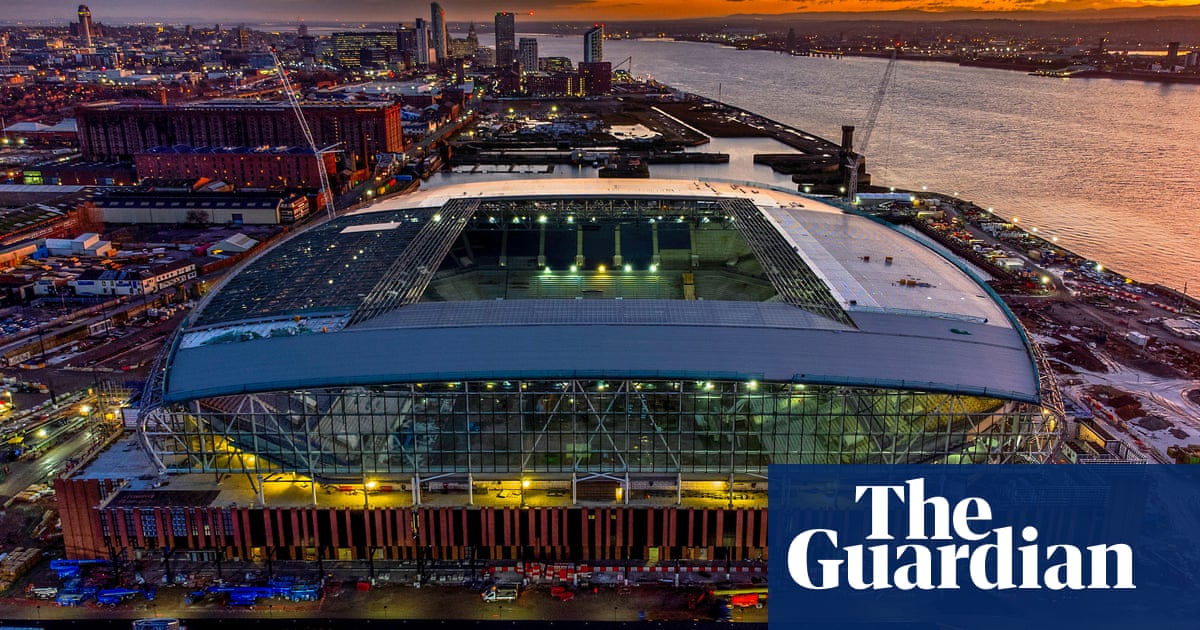
Irealised recently that there is a certain moment in factual TV history that is treated by all millennials my age or thereabouts as a “canon event”, and that is: Jon Tickle walking across a swimming pool full of custard in a 2003 episode of Brainiac. British TV used to be full of these strange, undeletably memorable moments of documentary (another favourite is Danny Dyer taking a short hard slap from Mo Teague in Danny Dyer’s Deadliest Men, or the entirety of Richard Madeley Meets the Squatters). We’ve lost a lot of that in recent years – television has gotten too glossy, too high-definition, too reality-shaped, and we miss a lot of what can only be described as “a man wearing an unfashionable jacket while doing something quietly bonkers”, and culturally we have suffered as a result. Watching both episodes of Our Guy in Colombia (Sunday, 9pm, Channel 4) – in which Guy Martin gets waterboarded, shot and shown around a cocaine factory in a jungle clearing – felt like being right back in 2006: no iPhones, no social media, no rules.
There’s no way you can watch Our Guy in Colombia and not be permanently changed by it. There are the scenes of kidnap and torture, obviously (the narrator solemnly intones over footage of Martin being slapped and yelled at in the back of a car while giggling: “The official advice is not to antagonise your kidnappers”), and ones of him being shot at close range to test the effectiveness of a bulletproof coat. He gets waterboarded for a while before he taps out, and we see the shocked footage of him, speechless, afterwards. There’s a scene where he mashes leaves and makes a kilogram block of cocaine while armed police watch on to make sure he doesn’t steal any of it. There’s footage of him downhill racing on a bike with no brakes, and a wonderful scene of him explaining the country’s history with guerrilla warfare while jacked up on coca tea. All you can think while watching is: how on earth did this ever get commissioned, let alone insured?
I was, however, grinning throughout both hours of this show, and it’s all because of Guy Martin. He really is unperturbed. There’s frequent footage of him filmed with a GoPro attached to his chest, which I can only reason is because he kept getting itchy feet while staying in a hotel and venturing out into the Medellín night. He keeps comparing Bogotá to Grimsby, and says delightfully weird sentences every one to two minutes (on making cocaine: “Now why would I want to stick anything with petrol, owt with cement, up me hooter?”), and a lot of the footage is just him making a concerted effort to remember the names of every military-trained man in a group who just subjected him to torture (“Muchas gracias, muchas gracias”). He is basically having a really, really good one-man stag do occasionally interrupted by having to explain the geopolitical history of cartels to camera.
It’s good, then, though it is a complete and utter failure in terms of documentary. At the start of our trip, Martin rides a bicycle through the pedestrianised streets of Bogotá, and tells us: “Any foreign journalist comes to Colombia – all they wanna do is talk about gangsters, drugs and murders.” He then flies into the jungle to make cocaine, meets Pablo Escobar’s nephew, tries to buy drugs on the street with a buttonhole camera on, asks mechanics whether they ever met Pablo Escobar, gets shot with a gun, then ends up showing us an actual photo of Escobar’s bloodied corpse. The Colombian tourist board must be fuming. Could he not at least have gone to one small plates restaurant? What about a waterpark?
The last show I watched that defied the Geneva conventions was also on Channel 4 – April’s Scared of the Dark. If this is a trend now, all I can say is: let’s have more of it. See how many goes on a Taser Kirstie Allsopp can take, or bury Krishnan Guru-Murthy alive for a bit. Get all the guests on Steph’s Packed Lunch to participate in a blood eagle ritual. Until then: it doesn’t make sense on paper, it doesn’t really make sense on the screen, but there is something deeply joyful about Guy Martin – who is ostensibly there to make a documentary about how the country is good and not violent any more now it’s under a progressive government – explaining what a “Colombian necktie” is, at great length and with a number of bonkers gestures.












